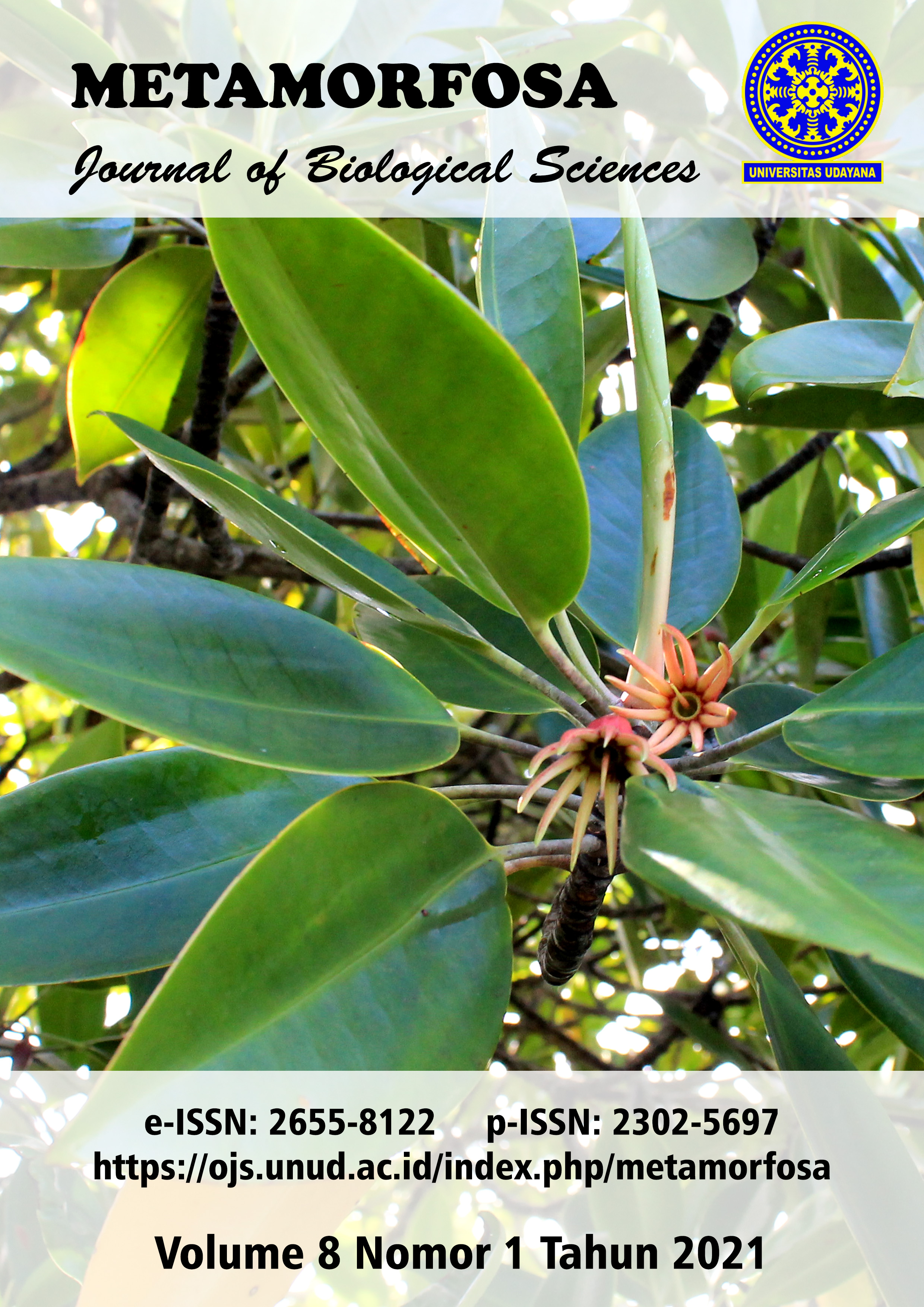Antifungal Activity of Saponin White Cambodia Flower (Plumeria acuminata) on Candida albicans ATCC 10231
Abstract
Candida albicans is the main cause of candidiasis in Indonesia. Cases of infection due to Candida fungus have increased globally due to increasing cases of HIV / AIDS infection. White Cambodia is one type of plant that has various properties as a medicinal plant. So far several studies related to the effectiveness of natural antifungi have been carried out on the leaves of white frangipani plants. The effectiveness of antifungi in other white frangipani plant organs such as flowers is still rarely reported. The purpose of this study was to determine the saponin compound content of white frangipani flowers (Plumeria acuminata) and the effectiveness of these compounds on the growth of Candida albicans. The method used in this study: identification of antifungal saponin compounds was carried out by foam testing. Antifungal effectiveness test of saponin compounds on the growth of Candida albicans was tested by the Kirby-Bauer method. Quantitative data of inhibition zone diameters formed in each treatment were analyzed using ANOVA (Analysis of Variance) level of 5%. ANOVA analysis results were significantly different (P <0.05) followed by Duncan's test to see differences between treatments. The results showed that white frangipani saponins (Plumeria acuminata) had antifungal activity on Candida albicans as indicated by the emergence of a 7.7 mm inhibition zone (medium category).
Keyword: Candida albicans, Acacia auriculiformis, antifungal, saponin





